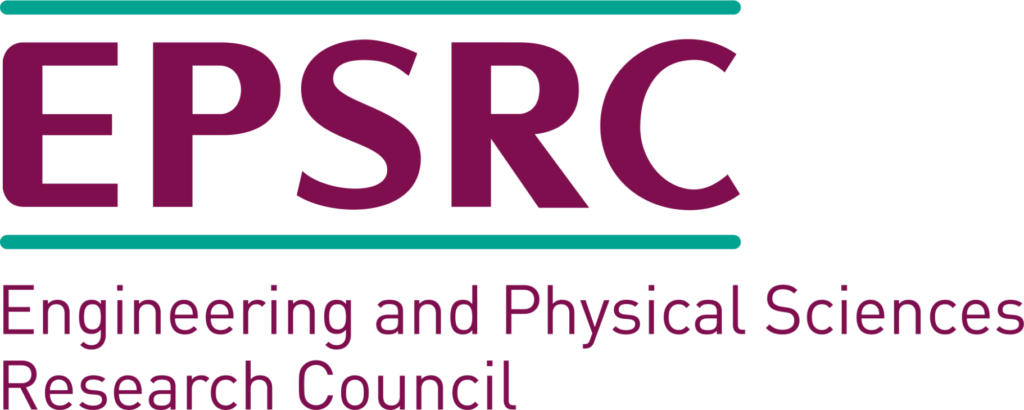Northern Network for digital promotion and preservation of heritage
This site provides infrastructure which supports the goal of forming a transnational network that would bring together knowledge institutions, heritage organisations, and SMEs to explore how digital technologies can be used to preserve and promote heritage within and beyond the NPA-area. The geographical focus of the network is: Finland, Sweden, Norway, Denmark, Scotland, Island of Ireland, Faroe Islands, Iceland, Greenland and the Baltic countries. The idea is:
To establish creative collaboration between members with differing capacities but share the interest in digital promotion and preservation of heritage.
To sustain this sector in a post-COVID world.
To promote the use of digital heritage technologies to empower communities to achieve positive outcomes with respect to social inclusion, social cohesion, wellbeing and prosperity.
To emphasis on emergent technologies such as digitisation, online galleries, virtual tours, virtual reality, and augmented reality exhibiting.
Networking
Through the network we will hold seminars, create a forum, and provide access to the virtual museum framework to be used by the network members.
Virtual heritage
Augmented heritage dissemination systems such as the Centre of Excellence, Virtual Time Travel framework, and online galleries will reside within a virtual museum infrastructure. These will be available through the North and connect to larger repositories such as Europeana and Zenodo.
Knowladge exchange
The network will contribute to the continuous knowledge exchange platform to expand on the work the NPA-project PHIVE (Promoting Heritage in Virtual Environments) to disseminate digital heritage skills.
Next Steps
Interactive map of partners and projects involved in the network.
Get more people and organisations to join the network
.
Gather more information and share links to digital heritage
.
Plan an annual conference on digital heritage in the North (spring 2023)
.
Continue to build the website and forum for the network
.



